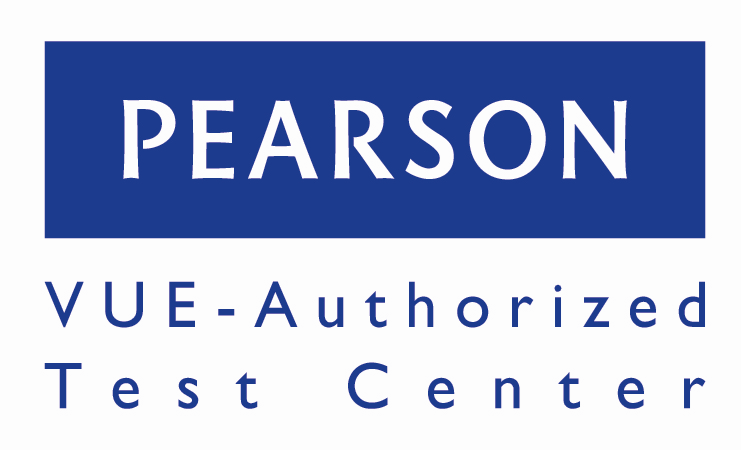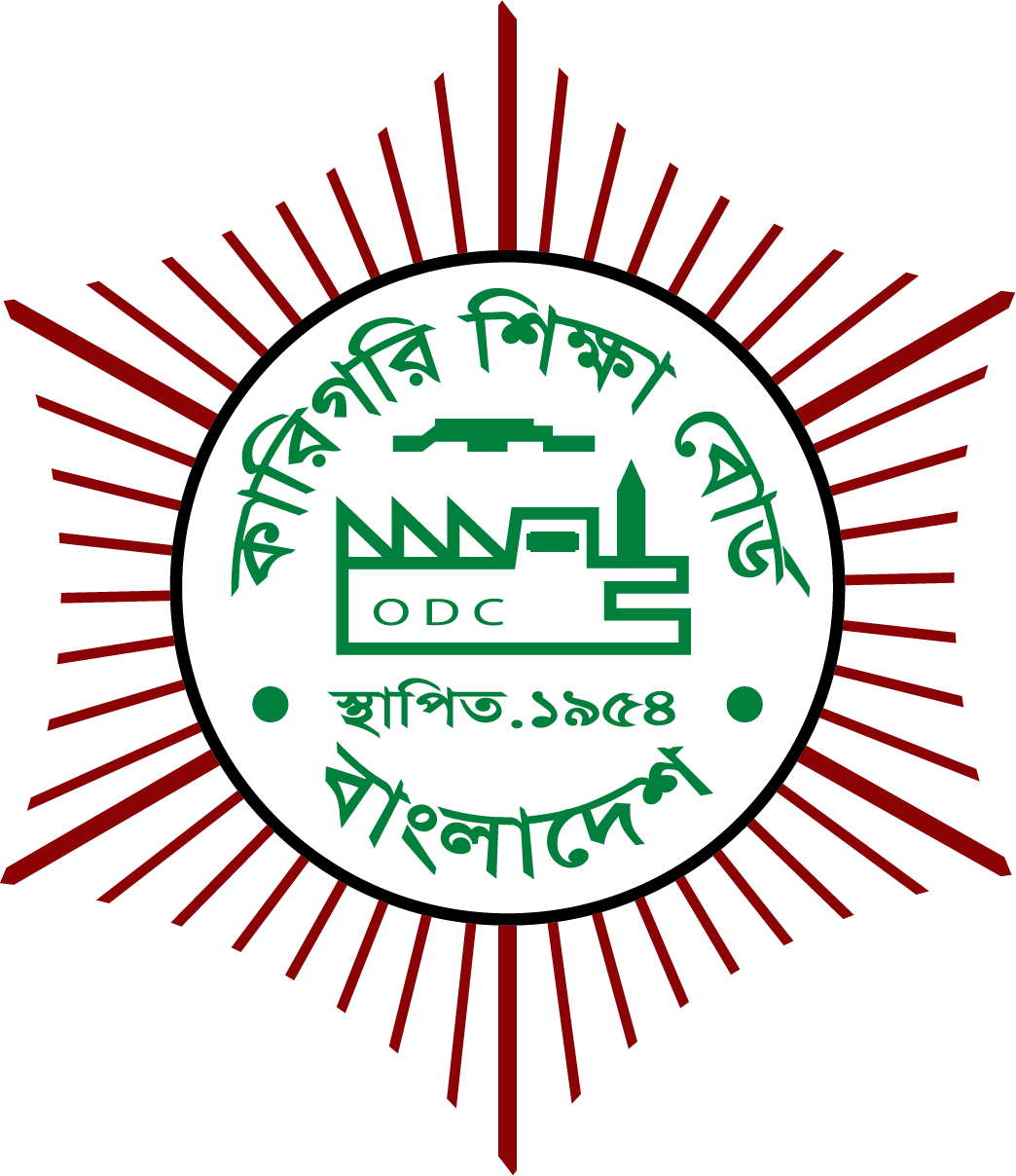Project Description
Machine Learning with Python
Total Course Duration: 100 Hours
Per Class Duration: 3 Hours
Course Overview
Machine Learning হচ্ছে এমন একটা পদ্ধতি যেখানে সে পূর্বের সকল ডাটাকে তার অভিজ্ঞতা হিসেবে বিবেচনা করে জ্ঞানার্জনের মাধ্যমে বর্তমান বিভিন্ন সমস্যার সমাধান করতে সক্ষম হয়। মানুষের যেমন অভিজ্ঞতা বাড়ার সাথে সাথে তার কাজের দক্ষতা বৃদ্ধি পায়; তেমনি মেশিন কে যত বেশি ডাটা দিয়ে শেখানো হবে, তার অভিজ্ঞতা/দক্ষতাও তত বেশি বৃদ্ধি পাবে।
আবার, একটু অন্যভাবে বললে বিষয়টা এমন- মেশিন লার্নিং হলো Artificial Intelligence (AI) এর একটি অ্যাপ্লিকেশন, যা Explicitly প্রোগ্রাম না করেই স্বয়ংক্রিয়ভাবে Experience থেকে শেখার এবং Improve করার ক্ষমতা সরবরাহ করে। মেশিন লার্নিং মূলত কম্পিউটার প্রোগ্রাম Development কে ফোকাস করে, যা Data এক্সেস করতে পারে, এটি নিজের জন্য শিখতে (মেশিন নিজের জন্য শিখবে) এবং নিজের দক্ষতা বৃদ্ধিতে ব্যবহার করতে পারে।
Skills You Will Gain from This Course
- Python Libraries
- Machine Learning Tool Sets.
- Develop Projects in Jupyter Notebook, Spyder and Various IDE
- Difference Between Machine Learning Methods: Supervised and Unsupervised
- Supervised learning algorithms, including classification and regression
- Unsupervised learning algorithms, including Clustering and Dimensionality Reduction
- How statistical modeling relates to machine learning and how to compare them
- Communicate visually and effectively with Matplotlib and Seaborn
- Train/Test cross validation to select correct model and predict model perform with unseen data
- Support Vector Machine (SVM) for handwriting recognition and classification
- Use decision trees to predict The Scenario
- Real-life examples of the different ways machine learning affect society
Basic Requirements
- Basic Python programming knowledge is necessary
- Good understanding of linear algebra & statistics
Who this course is for:
- Anyone willing and interested to learn machine learning with Python
- Anyone who wants to apply machine learning to their domain
- Any intermediate to advanced users who is unable to work with large datasets
- Anyone who has a deep interest in the practical application of machine learning to real world problems
- Anyone wishes to move beyond the basics and develop an understanding of the whole range of machine learning algorithms




